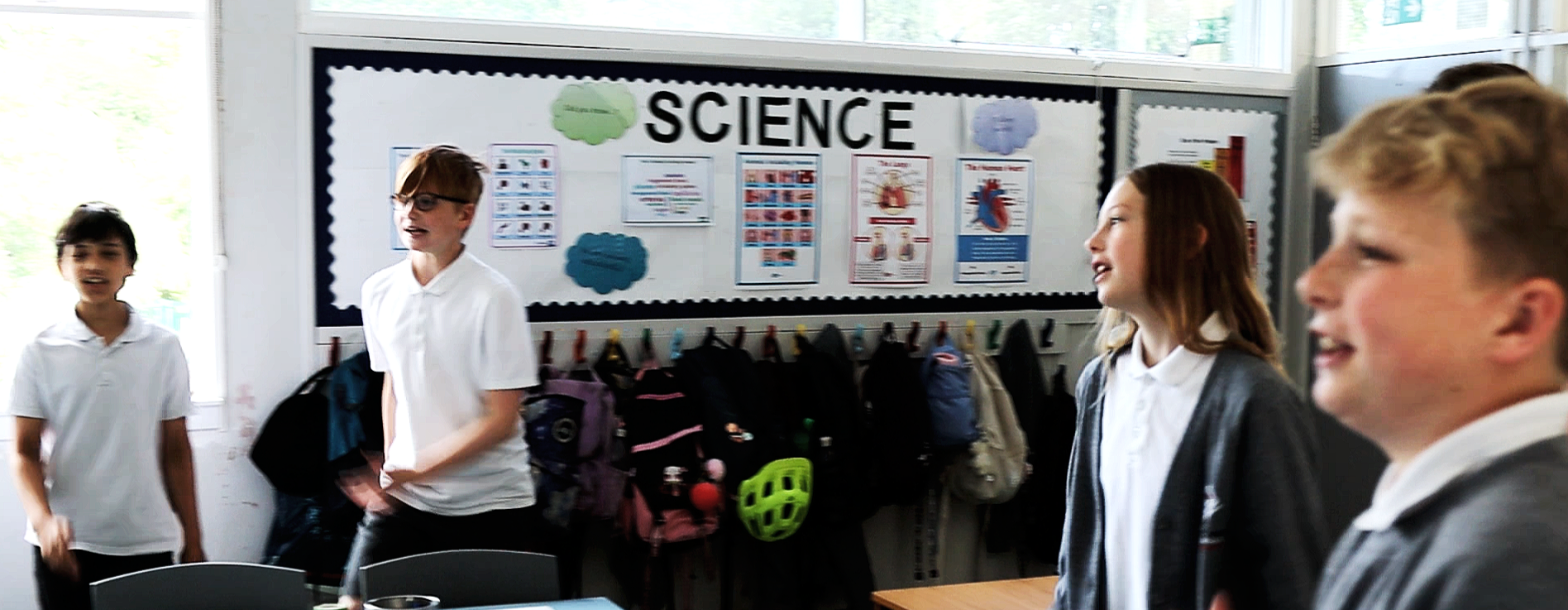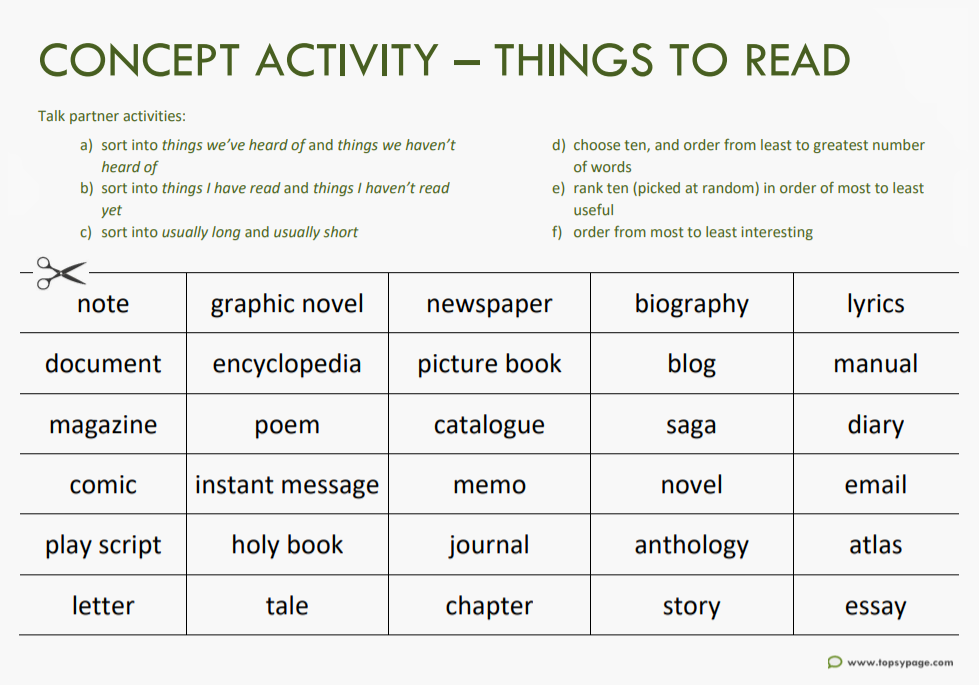A tip for teaching vocabulary is to use the same simple structures again and again. This is easy for you to plan and for your students to use. Here are three structures:
Would you rather…?
What is the opposite of…?
Good idea / bad idea?
Examples
Supposing I decide to teach the ‘tier 2’ words assume and compare to my Year 5 class. I will, of course, start by looking at their meanings, spelling, and examples in sentences. Then I want to provide opportunities for further exploration, opportunities for more thinking and talking about these words. I could ask:
Would you rather someone assumed something about you, or compared you to someone else?
What is the opposite of assume?
Comparing your house to someone else’s: good idea / bad idea?
What would you rather estimate?

Here’s another example for younger children. I want to teach the verbs create and estimate.
Would you rather create something from wooden blocks or from paper?
Would you rather estimate the number of marbles in a jar, or the number of children in a playground?
What is the opposite of create?
Estimating instead of counting: good idea / bad idea?
These techniques are deceptively simple. Yet they give pupils both the frequent encounters that they need with the new words, AND opportunities to think about and understand them more deeply.
A structure which develops speaking and listening, and can be used across the curriculum
Give students opportunities to say and apply new vocabulary
Deepen and consolidate learning through pupil dialogue
A concept resource to explore vocabulary around different types of books and other written material
Get students to think and talk about new words in the context of what they are learning
I also offer training on Expanding Pupil Vocabulary.









